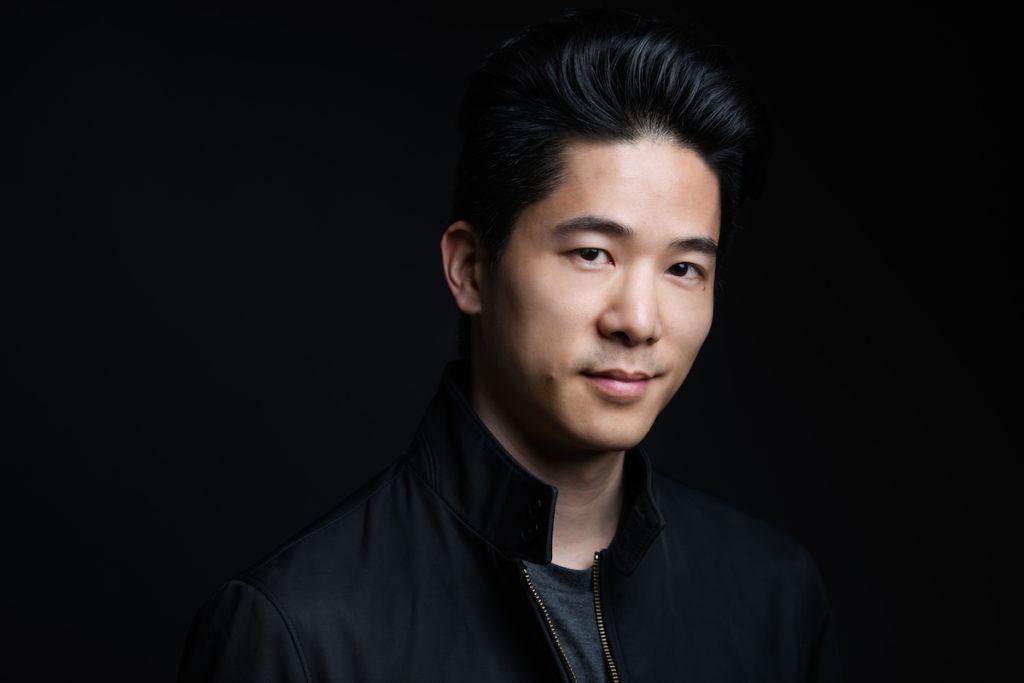Band portraits. One photographer and at least one person – or five or six – who makes music. Lights, camera, action.
Whether you're shooting editorial portraits on tour or producing material for a promotional campaign, here are five easy tips for shooting band portraits and promos.
These Here are five simple but important tips for shooting band portraits and promotional photos:
- Confidence
- Fluidity
- Names
- Positioning
- Positive Feedback
Before the technical details and lighting setups, these are five indispensable aspects of working for bands in my book. Let's drill-down.
1) Confidence
Bands are like wild animals: they can smell fear.
If the golden rule of sales is “Always Be Closing,” then for any type of portrait shoot, I propose “Always Be Confident.” In my experience, confidence is contagious, and there's no better place for it to begin than with the photographer.
Confidence on the part of the photographer produces confidence in one's subjects, which always translates into better images. When you project professionalism and confidence, subjects are more willing to trust, experiment, and invest themselves in the shoot.
For editorial portraits on assignment that may take place under extreme time frames, this approach is especially critical. In these quick types of shoots, you're in control of the shoot until the moment you show your subjects that you're not.
2) Fluidity
Going off the first tip of confidence, one thing I always strive for in my portrait sessions is a sense of fluidity in the shoot itself. Smooth transitions in positioning, looks, and lighting. Quick and seamless changes in all these areas not only save time, but they set a good working tempo and help establish your control.
This sense of fluidity also translates into multitasking as well. For example, if an assistant is moving a light, I take that opportunity to give direction and feedback, ensuring there's a minimum of downtime.
Whether it's a time-tight editorial shoot or a commercial shoot with handlers and art directors standing by, efficiency is never wasted.

3) Names
I'll tell you guys a secret: I'm horrible with names. And yet, this doesn't stop me from calling out individuals for a six-piece group when I need to pose them minutes after meeting them.
The trick is simply to memorize the names and faces of everyone in the band ahead of time. Before any shoot with a band who I don't personally know, I make it a point to memorize the roster, which I consider essential for building rapport and confident direction.
On my first portrait session with Forever The Sickest Kids, their guitarist Caleb noted, “You’re the first photographer to actually learn our names before a shoot!” It's a small thing, but knowing the names of each and every band member is essential in my book.
Accurately and confidently calling out a band member's name is not only the most efficient mode for direction (it sure beats pointing and saying “Hey, can you…), it shows a band a simple but important level of investment into the shoot. I find that this level of connection always puts the band more at ease, which translates into more compelling images.
If for some reason you can't memorize ahead of time or you simply forget, kindly asking for a reminder is a simple act of consideration that will not go unappreciated.
4) Positioning
Together with light and subject, composition is a core pillar in the dynamics of photography, and band portraits are no exception. Very rarely does the Red Rover look of a line of people straight across the most successful arrangement for a compelling portrait.
In my portraits with musicians, I always strive to break up the group and position the members in a natural way. As a general starting point, I tend to position core or senior band members up front in the stagger, but I constantly shuffle members around during the shoot. If nothing else, rearrangement from time to time helps keep everyone fresh and breaks the tedium.

5) Positive Feedback
Positive feedback is an essential tool for any portrait shoot, and band portraits are no exception. I always strive to give my subjects a stream of communication letting them know how the shoot is going, whether it's positive feedback on an adjustment to posture or the lighting.
In addition to verbal encouragement, one thing I generally try to do is show the band (and any of their representatives on-site) how the lighting looks on the camera's LCD.
This act serves two purposes. First, it keys the band into the very specific look we're working with and involves them in the visual process. Second, this establishes the authority and expertise of the photographer. After involving everyone in the specific look we're creating, I always find that people relax, excitement builds, and the best images are made.

End Notes:
Whether shooting editorial portraits on location or a commercial in the studio, these five simple tips I always keep in mind for my own work. Better yet, these are tips that anyone can implement – they have nothing to do with your camera gear, lighting setup, or the level of band you're shooting.
Have fun, guys.






